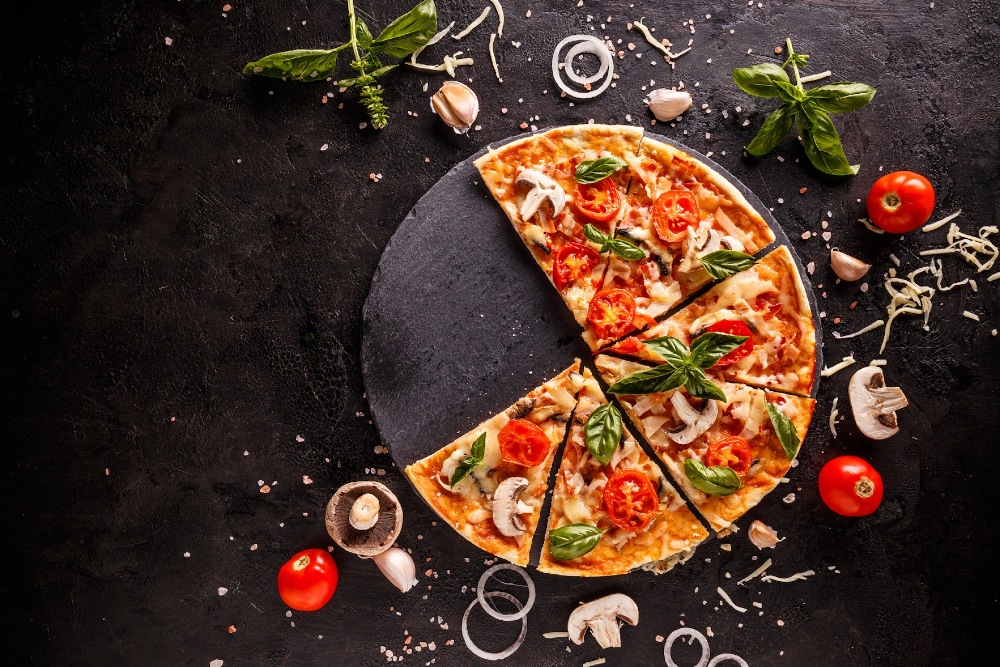
LOS ANGELES, Nov 12 — Food presentation may be important, but food advertising images, which play heavily on aesthetic techniques like symmetry and contrasting colours, can be misleading for consumers.
As the holiday season approaches, food marketers are pulling out all the stops to present their festive fare. From succulent smoked salmon to cakes and desserts in all the colours of the rainbow, it’s enough to make your mouth water. But while certain foods may look appealing, that doesn’t automatically make them the healthiest or most nutritious choices.
It may sound obvious, yet that’s an error frequently made by consumers, suggests an American study from the University of Southern California.
Through a series of experiments involving 4,300 volunteers, the study sought to determine how classic aesthetics used in food presentation (symmetry, patterns, colours) can influence consumer choice and skew perception. For example, participants were asked to look at photos of foods as well as samples of real food then evaluate them as healthy or unhealthy, and processed or unprocessed.
In another experiment, 400 volunteers evaluated two images of avocado toast: one showing “neatly sliced crescents of delicate avocado arrayed on the toast” and the other showing the avocado as “a chunky green glop smeared on the bread.” Participants were asked to rate the pictures on healthiness, naturalness and tastiness. A great number of them said that the first image of avocado toast looked “healthier” and “more natural.”
A natural penchant for ‘pretty’ food
Similar results were found in other experiments. In fact, on the whole, individuals who took part in the study showed a tendency to find “ugly” food less natural and nutritious than “pretty” food, even though there was no real difference.
“Consumers expect food to be more nutritious, less fatty and contain fewer calories when it looks pretty based on classical aesthetic principles, and that bias can affect consumer choices and willingness to pay for food,” explains Linda Hagen, the study’s lead author and an assistant professor of marketing at the USC Marshall School of Business.
To counter these misleading effects, the researchers suggest that companies or regulators consider taking measures such as adding disclaimers to food images in ads disclosing that products have been modified to enhance their healthy appearance. Linda Hagen concludes: “A statement that explicitly reminds people that pretty food was modified for depiction helped mitigate the effect in the lab, so disclaimers may be an effective way to protect consumers.” — AFP-Relaxnews





















